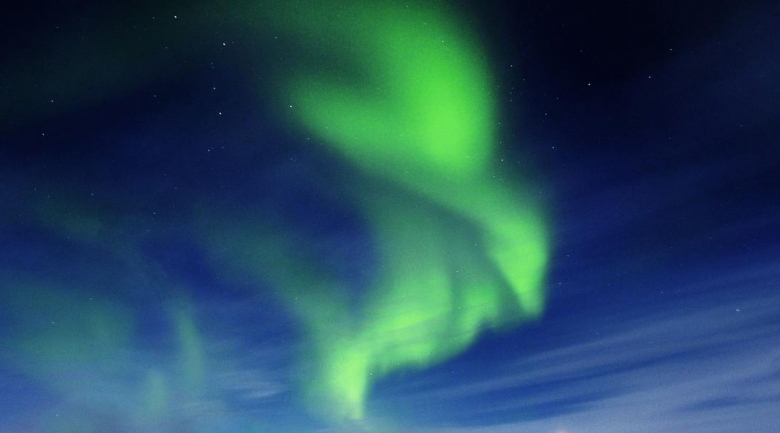
The universe’s oldest light hasn’t made a pit stop for 13.82 billion years, beginning its journey just 380,000 years after the big bang. That light, the so-called cosmic microwave background (CMB), serves as a familiar hunting ground for astronomers who seek to understand the universe in its infancy.
Unfortunately, it also obscures what lies beyond it: the first hundreds of thousands of years of the universe. Now astronomers think they have peeked beyond even the CMB by capturing evidence of neutrinos traveling since the cosmos was just a second old.
Neutrinos, fundamental particles with no electric charge and very little mass, escaped from the big bang nearly immediately. Their elusive nature allows them to slip through almost all physical barriers, rarely interacting with normal matter. On the rare occasions that they bump into photons, however, they alter the particles’ temperatures ever so slightly.
It was this temperature shift that astronomers from the University of California, Davis, recently noticed in maps of the CMB produced by the European Space Agency’s Planck satellite. They describe this “cosmic neutrino background” in a recent paper published in the journal Physical Review Letters.
Models of the big bang predicted the cosmic neutrino background decades ago, but this indirect observation is the most robust yet. The discovery “gives us a new window on the universe,” says Lawrence M. Krauss, co-director of the Cosmology Initiative at Arizona State University, who was not involved with the study.
The detection also constrains properties of neutrinos, which are by far the strangest beasts in the particle zoo. For example, it proves that neutrinos cannot interact with themselves, like many other particles do. If they could, they would leave different signatures within the CMB than those observed.
Further detections of these primordial neutrinos may explain why there are 10 billion particles of matter in the universe for every one antimatter particle. The asymmetry was produced in the early universe, and experts think neutrinos had something to do with it, if only because they are so mysterious.
“Because we know less about neutrinos, you can be more creative with the kinds of physics you introduce,” the study’s co-author Lloyd Knox says. Although these particles are incredibly difficult to detect directly, Knox anticipates that hints from cosmological observations will help solve many neutrino puzzles, and therefore provide a more revealing peek of the universe as it once was.
